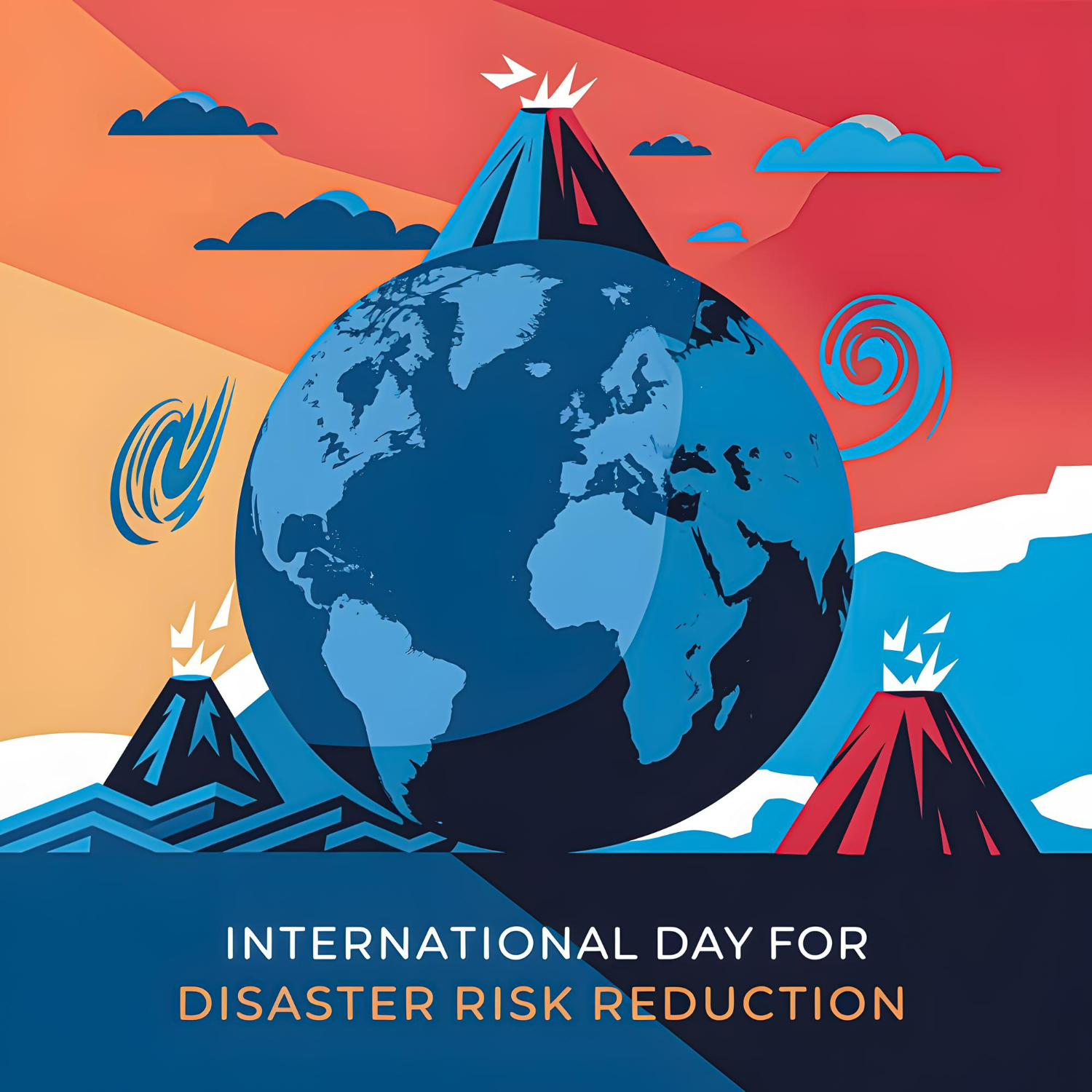
According to UNICEF, approximately one billion children worldwide are at extremely high risk due to the impacts of climate change, including climate-related disasters.
Natural hazards such as earthquakes, volcanic eruptions, or tsunamis can trigger disasters when combined with vulnerability and inadequate measures to mitigate their impacts. These disasters affect millions of people each year. However, the impact of natural hazards can be reduced through proactive measures and planning aimed at analysing and reducing the root causes of disasters.
Each year, the International Day for Disaster Risk Reduction, celebrated on October 13, highlights how people and communities worldwide reduce their exposure to natural hazards. This year, the theme is “Empowering the Next Generation for a Resilient Future”, emphasizing the importance of education in protecting and empowering children for a disaster-free future.
Hurricane Kirk and the Effects of Intense Rainfall
The recent Hurricane Kirk, which affected various regions, serves as a reminder of the vulnerability of cities to extreme weather events such as torrential rainfall. These storms not only increase the risk of flooding but also put additional pressure on water and sanitation infrastructure, overwhelming the capacity of sewer networks and treatment plants.
How Does LIFE RESEAU Address Intense Rainfall Events?
As part of the International Day for Disaster Risk Reduction, the LIFE RESEAU Project aligns with global efforts to mitigate the risks associated with intense rainfall, which is becoming increasingly frequent due to climate change. Through innovative solutions for retrofitting Wastewater Treatment Plants (WWTP) and reducing inflow and infiltration in sewer networks, LIFE RESEAU aims to minimize the impact of storms on urban water infrastructures. LIFE RESEAU works to prevent sanitation systems from being overwhelmed, thereby reducing the risk of overflows and protecting both the environment and public health.

